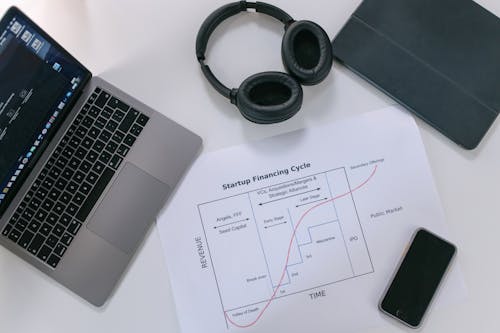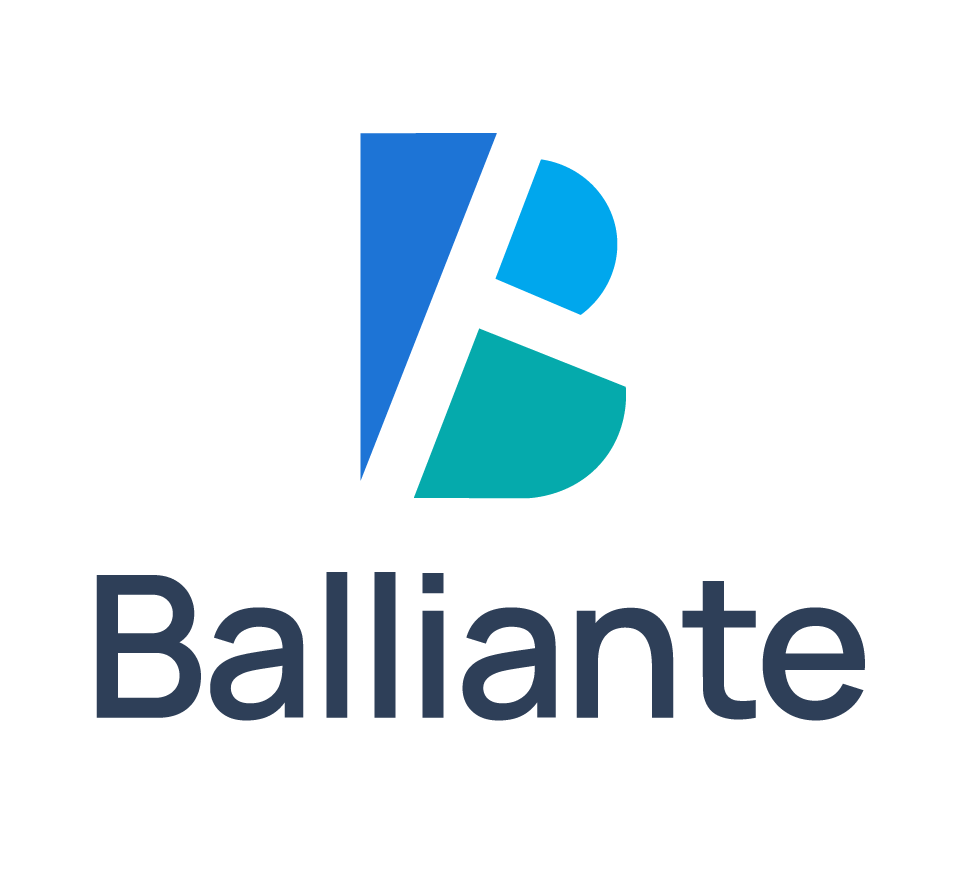Investments in IT hardware are essential for increasing productivity, fostering innovation, and boosting operational efficiency. But, purchasing IT hardware—servers, laptops, or other infrastructure—requires thorough analysis of the return on investment (ROI), just like any other business transaction. We’ll explain how to calculate the return on investment (ROI) of IT hardware purchases in this piece, assisting you in making wise financial decisions for your business.
Understanding the Importance of IT Hardware Investments
It’s important to comprehend why IT hardware investments are crucial for modern firms before beginning the ROI evaluation procedure.

Any organization’s core is its strong IT infrastructure. The correct hardware speeds up daily operations, improves customer satisfaction and
employee productivity, and ensures flawless communication and data storage—all while minimising downtime.
On the other hand, since IT technology can be expensive, companies need to make sure their investment pays off. Businesses may maximise the long-term value of their investments, minimise wasteful spending, and make well-informed decisions by evaluating the ROI.
What is ROI?
Return on investment (ROI) is a performance measure used to evaluate the efficiency or profitability of an investment. ROI is calculated by dividing the net profit from an investment by the initial cost and multiplying the result by 100 to get a percentage.
ROI Formula:

In the context of IT hardware, ROI helps determine whether a specific hardware investment, such as upgrading servers or purchasing new laptops for employees, will provide a positive financial return over time.
Steps to Evaluating the ROI of IT Hardware Investments
- Identify Business Objectives
Every IT hardware investment should be aligned with your business objectives. Whether it’s improving operational efficiency, reducing downtime, or enabling new capabilities, clearly define your goals before making any purchase. For example, investing in faster, more reliable servers may reduce website downtime, directly impacting customer satisfaction and sales.
By aligning IT hardware investments with strategic business goals, you can ensure that the technology you adopt will contribute directly to your company’s growth.
- Estimate the Total Cost of Ownership (TCO)
ROI evaluation should go beyond the initial purchase price of the hardware. You need to calculate the total cost of ownership (TCO), which includes:
- Initial purchase cost
- Installation fees
- Ongoing maintenance and support
- Energy consumption
- Licensing fees
- Upgrades and repairs over time
Factoring in the TCO provides a more accurate picture of the financial commitment required for the hardware. Failing to account for these additional expenses can lead to underestimating the total cost and skewing ROI projections.
- Measure the Potential Benefits
The next step is to measure the tangible and intangible benefits your IT hardware investment will bring. These can include:
- Productivity Improvements: Faster computers, better servers, or reliable network infrastructure can reduce downtime and improve employee productivity.
- Cost Savings: New hardware can lead to operational cost reductions, such as lower energy consumption, fewer repair expenses, or a reduction in downtime.
- Revenue Growth: In some cases, new hardware can unlock new revenue streams, whether through improved customer service, enhanced sales capabilities, or better product delivery times.
For example, if you invest in hardware that reduces downtime by 10%, this could translate into significant savings and potentially even increased sales from improved system reliability.
- Quantify the Benefits in Monetary Terms
While some benefits, such as employee productivity and customer satisfaction, can be challenging to measure in monetary terms,
 assigning a dollar value to these benefits is crucial for calculating ROI. Here’s how to quantify some of the most common benefits:
assigning a dollar value to these benefits is crucial for calculating ROI. Here’s how to quantify some of the most common benefits:- Productivity Gains: Estimate the time employees save due to faster, more efficient hardware. Multiply the total hours saved by the average hourly wage of employees to get a rough estimate.
- Reduced Downtime: If your company experiences frequent hardware failures or slow performance, reducing downtime will have a significant financial impact. Estimate the revenue lost during periods of downtime and calculate the potential savings.
- Energy Efficiency: Newer IT hardware is often more energy-efficient. Calculate the reduction in energy costs from using energy-efficient devices.
- Project the Investment Timeline
Not all ROI is immediate. IT hardware investments often yield benefits over the long term. To fully understand the ROI, you should create a timeline that projects when you expect to realize the benefits of the investment. For example, new hardware may take six months to a year to pay off in the form of increased productivity or reduced downtime. Knowing when you’ll see returns helps in better decision-making.
- Factor in Depreciation
IT hardware depreciates over time, which impacts its resale value and usefulness. Depreciation should be considered in your ROI calculations. As a rule, most IT hardware begins to depreciate rapidly within 3-5 years, which may necessitate further investment in upgrades or replacements. This depreciation must be factored into your overall ROI projections.
- Consider Non-Financial Benefits
Non-financial benefits, such as employee satisfaction and improved business reputation, may not directly impact your financial bottom line but are critical to consider. For instance, modern and efficient IT hardware can boost employee morale and retention, reducing hiring and training costs. Additionally, reliable infrastructure can enhance your company’s reputation with clients and partners.
Tools for Evaluating IT Hardware ROI
There are several tools available that help businesses evaluate the ROI of their IT hardware investments. These tools allow you to input various data points, such as initial investment cost, operational savings, and expected lifespan, to generate detailed ROI reports. Some popular tools include:
- ROI Calculators: Various online calculators are available that can estimate the ROI of specific hardware investments based on your inputs.
- TCO Analysis Software: These tools help assess the total cost of ownership, considering factors like purchase price, maintenance costs, and expected downtime.
- Financial Management Software: Enterprise financial software can assist in tracking hardware investments, depreciation, and overall impact on your financial health.
Conclusion: Make Informed IT Hardware Investments
It’s critical to assess the return on investment (ROI) of IT hardware purchases to make sure the choices you make support your business objectives while being economical. Businesses may maximise their returns on IT investments by taking into account the total cost of ownership, calculating prospective advantages, and accounting for long-term effects like depreciation and operational efficiency.
Hardware purchases that are well thought out and strategically coordinated will not only pay off financially but also set up your business for future expansion and success. A proactive and well-informed approach to IT investments is essential in today’s fast-paced technological environment to maintain competitiveness and optimise profitability.
Your company can invest in IT gear that generates real value and fosters both short- and long-term success by following the guidelines in this book.

